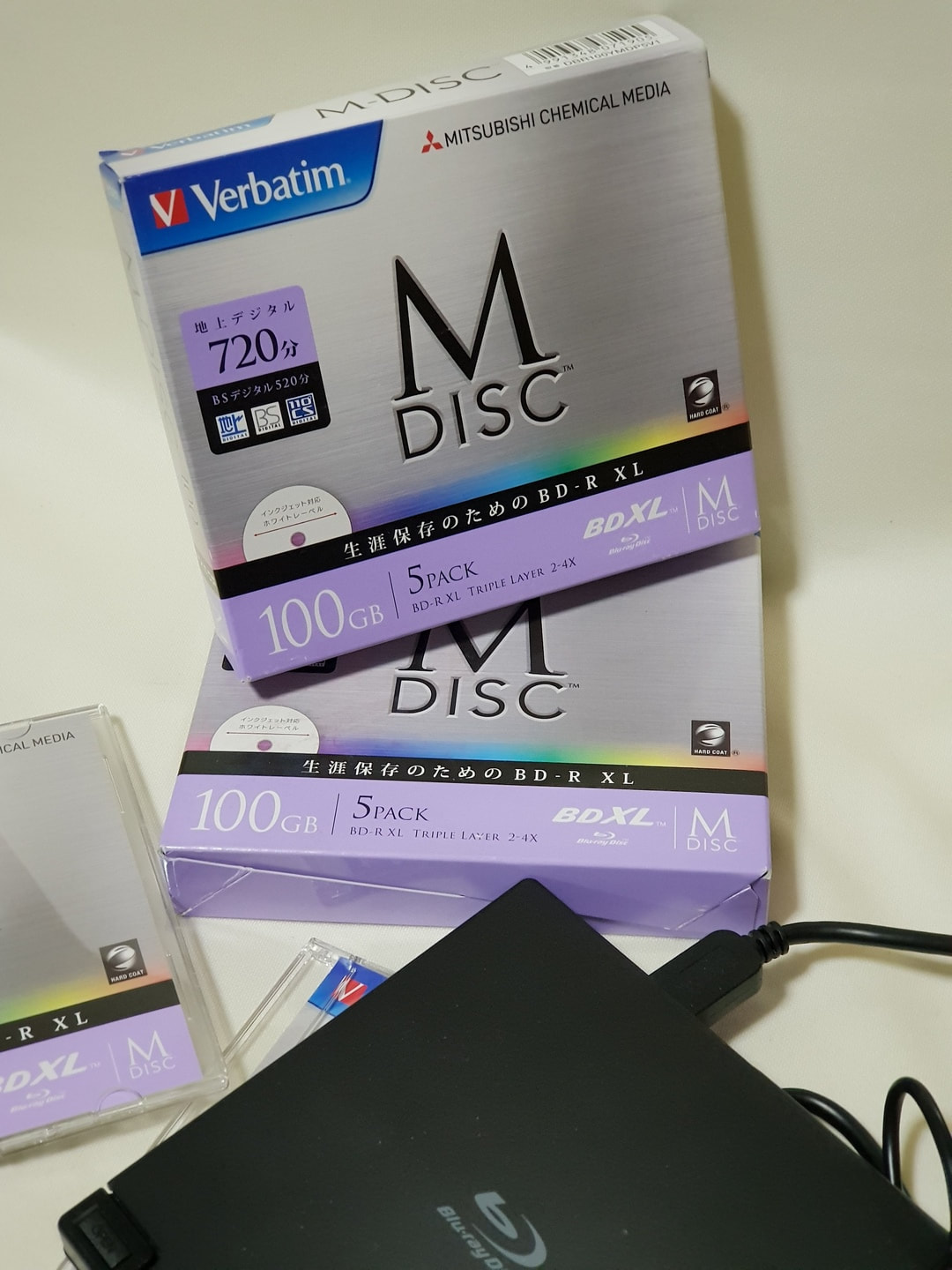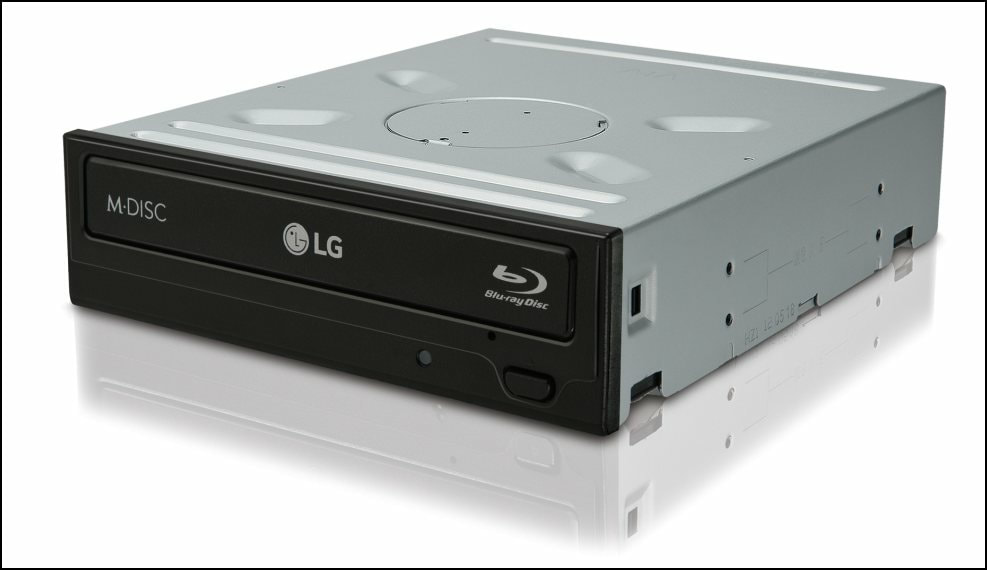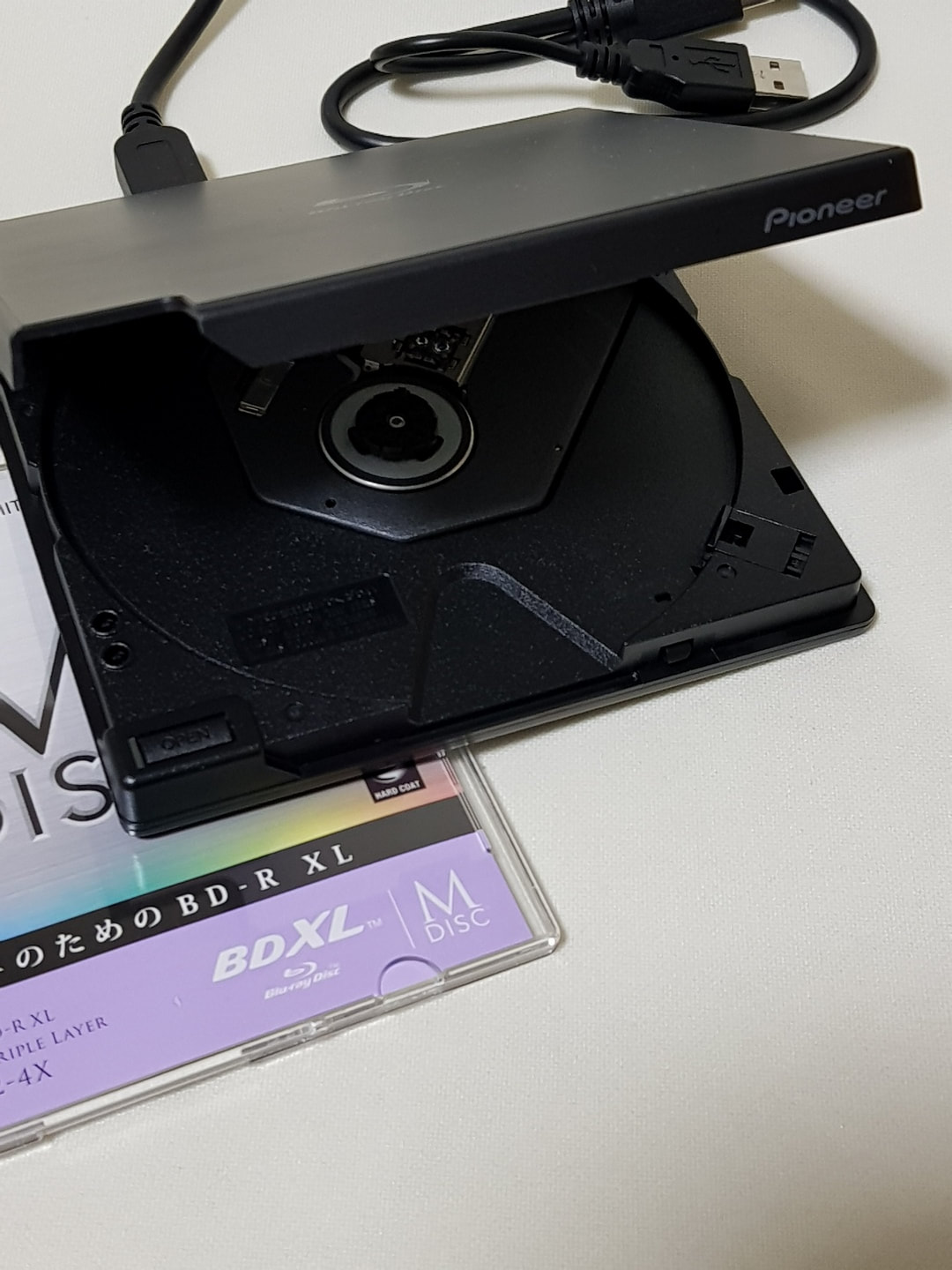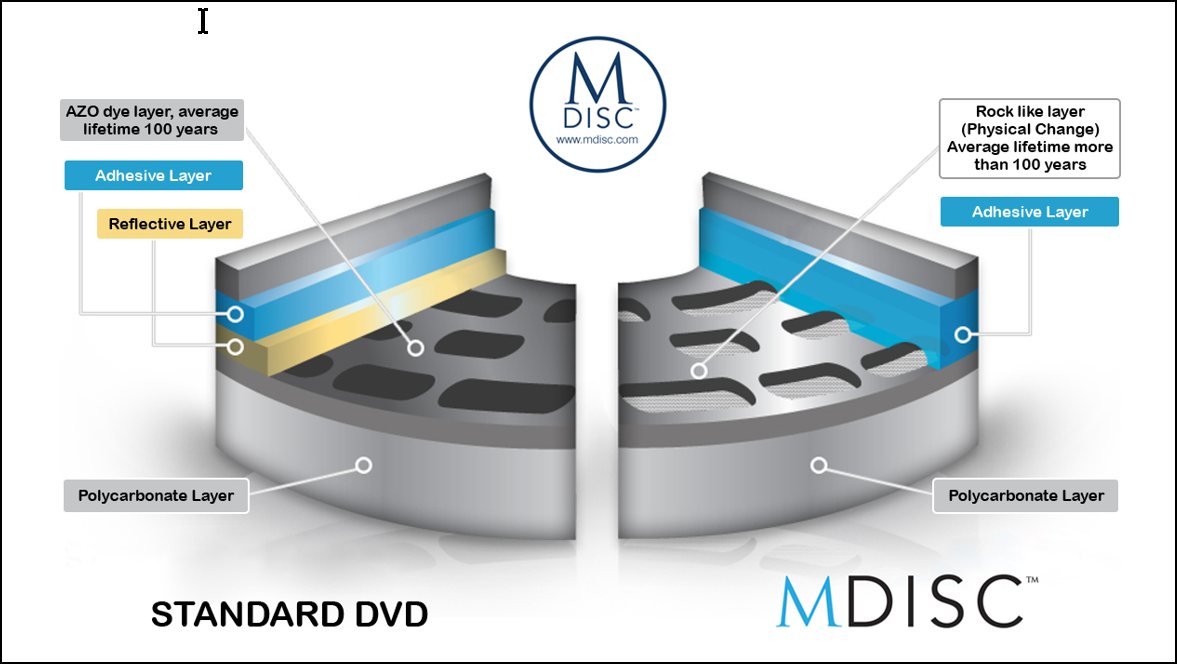|
I had taken my radarscope off from the optical drive scene for about 10 years. The last optical drive I owned was an LG drive that is able to read and write multiple formats. At that time there were two competing standards – HD DVD from Toshiba and the eventual winner, Blu-Ray from Sony. Since then, I have only used the drive to read old legacy CD and DVD discs, create the odd DVD for friends and relatives and had not really kept up with the scene. So it was quite surprising to me when I found out that there were several advances since then – triple and four-layered BD-XL formats that can extend the storage space to 120GB. For me, a 100GB media is the ideal solution as I can use it to archive my data from my 64GB and 128GB SD cards. Plus, this capacity is the sweet spot when it comes to cost per GB of storage media. Another recent incident convinced me to take a second look at optical storage media. My wife found my old APS cartridge film container with a dozen of my old films intact, together with two CD-discs which I had created over two dozen years ago. As they were kept in the container it was not exposed to any sunlight. That together with the fact that it was kept in a well-ventilated warehouse ensured that the data was readable much to my surprise. So my faith in optical media was renewed enough to consider it as my alternative backup-of-a-backup storage archival media. In the process of researching for a suitable Blu-Ray drive to purchase (for the BD-XL format), I stumbled upon a DVD and Blu-Ray compatible storage media that was purported to last 1,000 years – the M-Disk! I don’t need it to last that long. If it is able to last over 50 years, I am already elated. Nevertheless, my curiosity was aroused and I eventually settled on two drives able to read and write M-Discs – the LG WH16NS40 for my desktop PC and of course a portable USB model (the Pioneer BDR-XD05B) in line with my Part II assertions on longevity and accessibility. This portable drive is to be kept in cold storage together with my bundle of M-Discs. As for the M-Disc media, I must say that it is really hard to find and I even had on vendor cancel my order as he was not able to source for a pack of my requested 25-disc carton. Prices vary from between US$10 to $15 per disc of BD-XL 100GB media. The 4.7GB DVD variant is even harder to come by. Reading the documentation and whatever resources I could find on the Internet, here are some of my findings:
As of this writing, I have been able to successfully burn a couple of 100GB BD-XL discs will success at 4X write. The LG WH16NS40 drive comes with Nero software and is very easy to use. As for the Pioneer BDR-XD05B portable drive, it uses a novel clam-shell design and is really portable and handy to carry around. The Pioneer drive also comes with a set of CyberLink software to edit and create photo albums and videos.
1 Comment
22/8/2022 01:32:12 am
I am a huge fan of M-Disc. Unfortunately it's becoming harder to find them now a days. I am yet to burn few of these disc as I continue to backup my music library from Audio CD to lossless FLAC format. Although I still purchase Audio CDs, I think M-Disc could be the best media to backup important files in the long run. I own the LG WH16NS40 drive but kept it as a backup drive just in case if my current Slimline Matshita BD-MLT UJ272 fails. Thank you.
Reply
Leave a Reply. |
AuthorM.K. Wong has been writing about tech stuff since the nineties, contributing to the first issue of The Computer Times all the way to when it changed name to Digital Life. Archives
February 2019
Categories |
Proudly powered by Weebly





 RSS Feed
RSS Feed